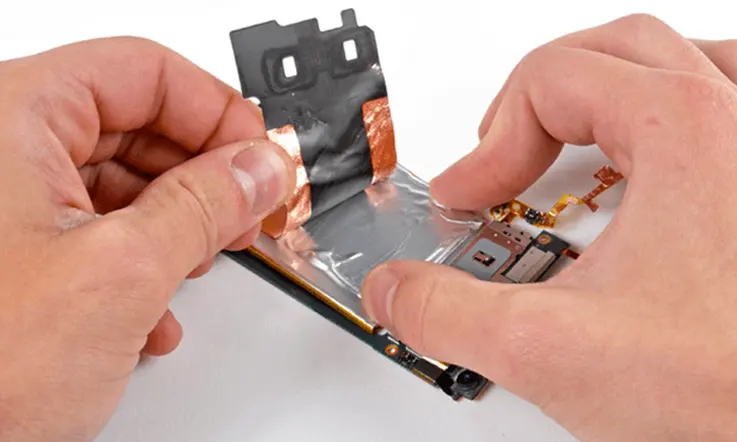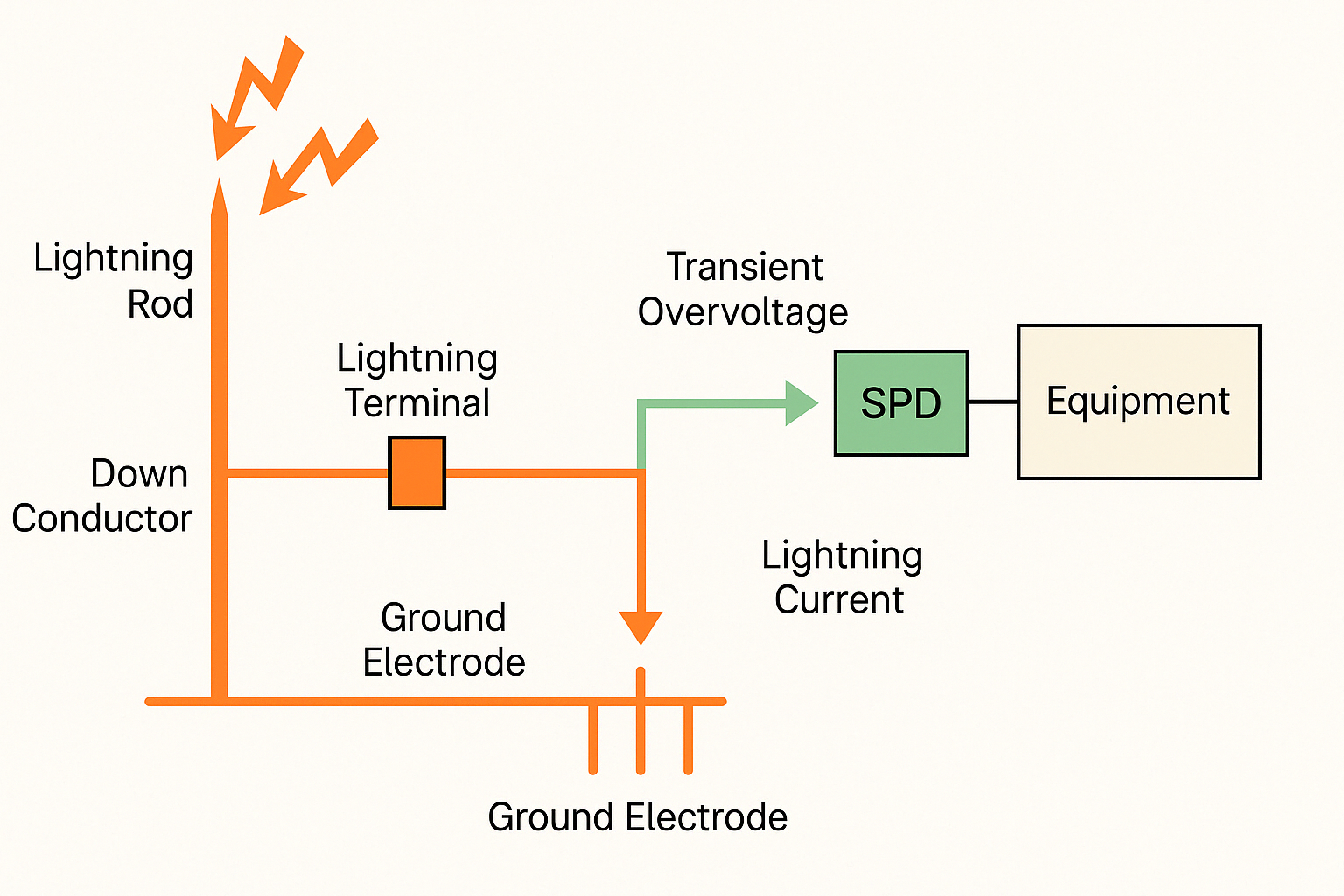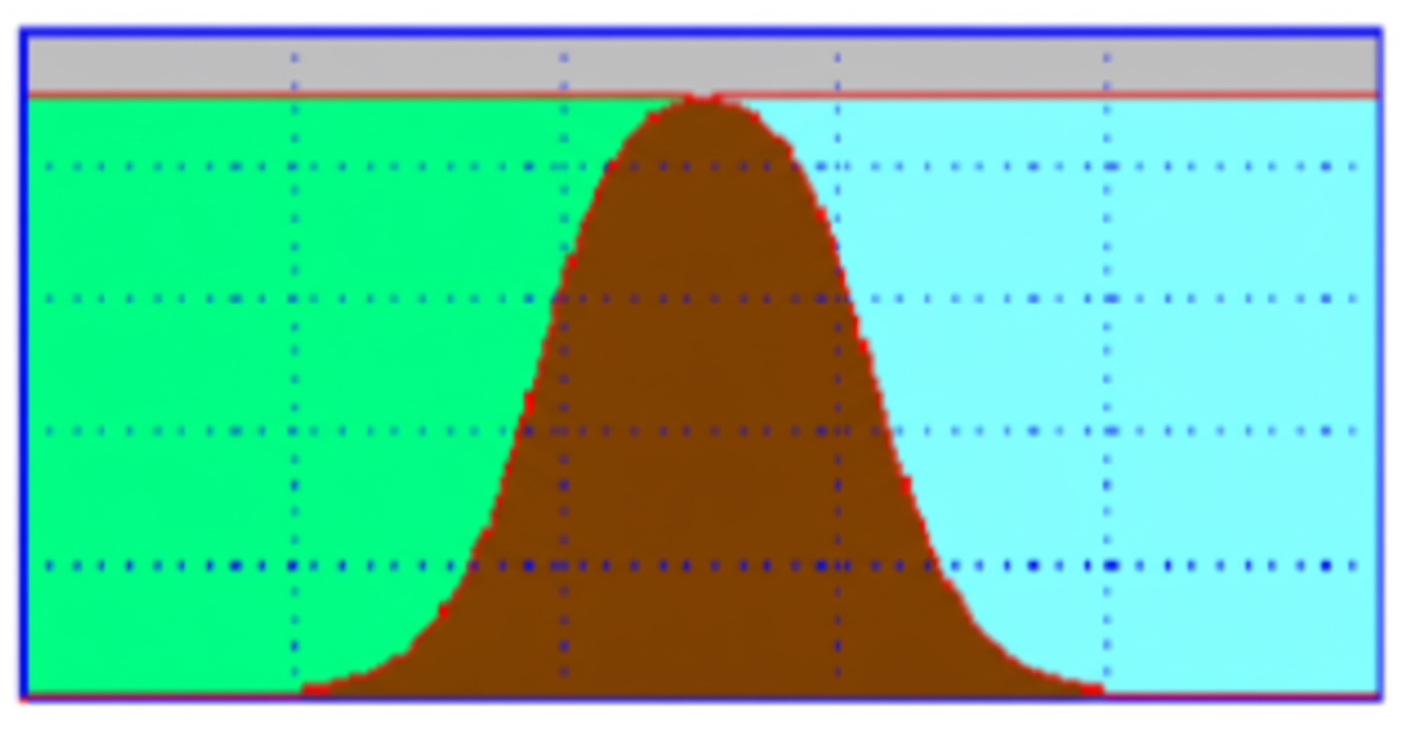Introduction
Electromagnetic compatibility (EMC) and electromagnetic interference (EMI) are key concepts in electronic engineering. This article provides a brief overview of both terms and discusses their relevance in electronic device design and application.
EMC and EMI: Fundamental Concepts
- EMC: Electromagnetic compatibility refers to the ability of an electronic device to operate properly in a specified electromagnetic environment without causing unacceptable electromagnetic disturbance to other devices. EMC considerations cover both radiated and conducted interference between devices.
- EMI: Electromagnetic interference refers to electromagnetic emissions from an electronic device that can adversely affect the operation of other devices or systems. EMI includes both radiated and conducted disturbances originating from within a device.
Technical Developments
- Radiated interference: Radiated interference is electromagnetic energy emitted into the surrounding environment via antennas, cables, or enclosure apertures. Mitigation measures include shielding, filtering, careful layout, and controlling unintended antenna structures.
- Conducted interference: Conducted interference propagates through wiring, power lines, or printed circuit board traces and can couple into other circuits. Common countermeasures are grounding, shielding, filtering, and proper routing and separation of sensitive signals.
- Immunity testing: To assess EMC performance, devices undergo immunity tests such as electrostatic discharge (ESD), electrical fast transient/burst (EFT/B), voltage dips and interruptions, and conducted susceptibility tests. These tests evaluate a device's resilience to typical electromagnetic disturbances.
Application Areas
- Military: Military platforms require high levels of EMC/EMI performance to ensure reliable operation in complex electromagnetic environments. Communication, navigation, and weapon systems must be robust against interference to protect information integrity and mission success.
- Aerospace: Aircraft, launch vehicles, and spacecraft demand stringent EMC/EMI control to maintain avionics, communication, and navigation functions. Satellite systems and onboard electronics must withstand and avoid causing electromagnetic disturbances during operation.
- Automotive electronics: Modern vehicles contain numerous electronic control units, telematics, and battery management systems that require EMC measures to ensure safe and reliable operation. Automotive EMC covers both emissions compliance and immunity to external disturbances.
- Consumer appliances: Household products such as televisions, refrigerators, and washing machines must meet EMC requirements to avoid interfering with other equipment and to maintain reliable control and power systems.
Conclusion
EMC and EMI considerations are essential in the design and application of electronic equipment. Applying appropriate mitigation techniques—such as shielding, filtering, grounding, and rigorous immunity testing—reduces radiated and conducted interference and improves device robustness in complex electromagnetic environments. As technology advances, EMC and EMI practices will continue to be important across an expanding range of applications.
 ALLPCB
ALLPCB








